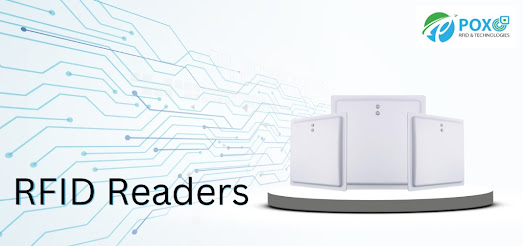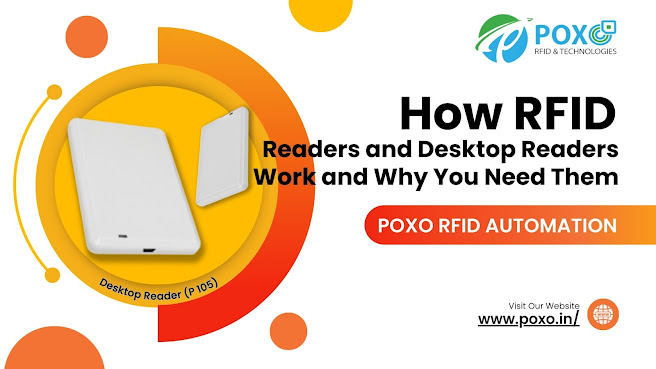RFID Tags in Healthcare: Enhancing Patient Safety and Asset Management

The top two priorities for the healthcare industry are quality patient care and efficient asset management. As hospitals and other healthcare facilities grow and become more and more busy with the influx of patients and equipment, the need for effective tracking and management systems is greater than ever. That’s where RFID (Radio Frequency Identification) technology enters the picture. Radiofrequency identification tags are increasingly being hailed as a game changer in healthcare, giving hospitals powerful new ways to optimize their work, minimize human error and improve patient care. RFID technology is slowly entering the healthcare scenario, from monitoring patients to tagging medical devices. 1.Enhancing Patient Safety through the use of RFID Tags Safety of patients always comes first in every setting of health. Regrettably, identification and drug administration errors may result in catastrophic outcomes for the patients. RFID technology can be used to address this problem,...





